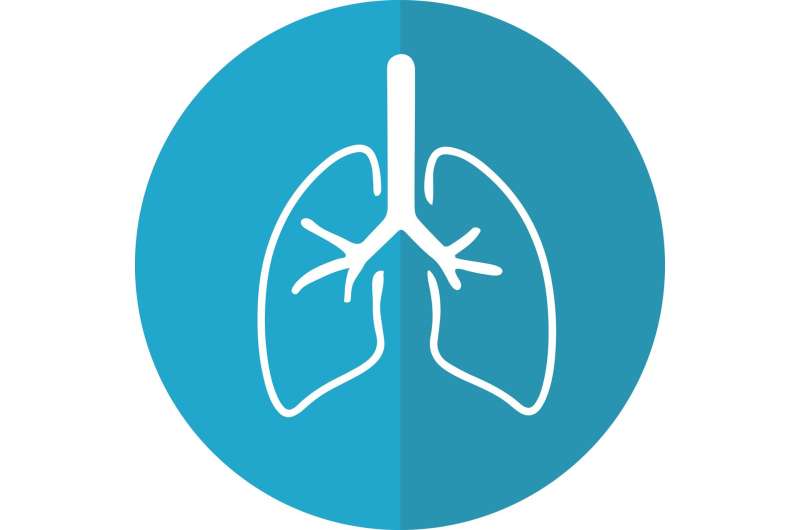
Globally, lung failure is one of the leading causes of death. Many conditions can affect and damage the lungs, including asthma, chronic obstructive pulmonary disease, influenza, pneumonia, and, most recently, COVID-19. To better understand respiratory diseases and develop new drugs faster, investigators from Brigham and Women’s Hospital designed a 3D “lung-on-a-chip” model of the distal lung and alveolar structures, the tiny air sacs that take in oxygen as you breathe. With this innovation, researchers are actively studying how COVID-19 viral particles travel through airways and impact pulmonary cells. Notably, this technology enables scientists to investigate how various COVID-19 therapies, such as remdesivir, impact the replication of the virus. Their results are published in Proceedings of the National Academy of Sciences.
“We believe that it is a true innovation,” said Y. Shrike Zhang, Ph.D., associate bioengineer in the Brigham’s Department of Medicine and Division of Engineering in Medicine. “This is a first-of-its-kind in vitro model of the human lower lung that can be used to test many of the biological mechanisms and therapeutic agents, including anti-viral drugs for COVID-19 research.”
Understanding and developing treatments for COVID-19 requires human clinical trials, which are time- and resource-intensive. With better laboratory models, such as the lung-on-a-chip, researchers may be able to evaluate drugs much faster and help select the drug candidates most likely to succeed in clinical trials.
Zhang and colleagues developed this technology to mirror the biological characteristics of the human distal lung. Previous models have been based on flat surfaces and oftentimes made with plastic materials, which do not incorporate the curvature of the alveoli and are much stiffer than the human tissue. Researchers created this new model with materials more representative of human alveolar tissue and stimulated cell growth within these 3D spaces.
In testing the model’s effectiveness, researchers found that the 3D alveolar lung effectively grew cells over multiple days and that these cells adequately populated airway surfaces. Through genome sequencing, scientists observed that the alveolar lung model more closely resembled the human distal lung than previous 2D models have. Additionally, the lung-on-a-chip model successfully stimulated breaths of air at the normal frequency for humans.
Beyond COVID-19, Zhang’s research team intends to use this technology to study a broad range of pulmonary conditions, including various lung cancers. To replicate smoking’s impact on the lungs, scientists allowed smoke to seep into the model’s air chambers then simulated a breathing event, moving smoke deeper into the lungs. From there, they measured the smoke’s impact and cell damage it caused.
While this innovation holds the potential to vastly expand the possibilities of studying and treating pulmonary diseases, this model is still in its early stages, said Zhang. Currently, the alveolar lung-on-a-chip only incorporates two out of the 42 cell types existing in the lung. In the future, researchers hope to incorporate more cell types into the model to make it more clinically representative of human lungs.
Going forward, Zhang also hopes to study how COVID-19 variants may travel through airways and impact pulmonary cells and COVID-19 therapies. He believes that using this model in tandem with other 3D organs, such as the intestines, could enable researchers to study how oral drugs impact cells in the lower lungs. Zhang also hopes that in the future, this technology could be implemented to urgently understand and develop treatments for emerging contagious diseases.
“In terms of COVID-19, we’ve had very minimal timelines for developing therapies. In the future, if we have these models ready in hand, we can easily use them to study and test therapeutics in urgent situations where clinical trials are limited,” said Zhang.
Brigham and Women’s Hospital

